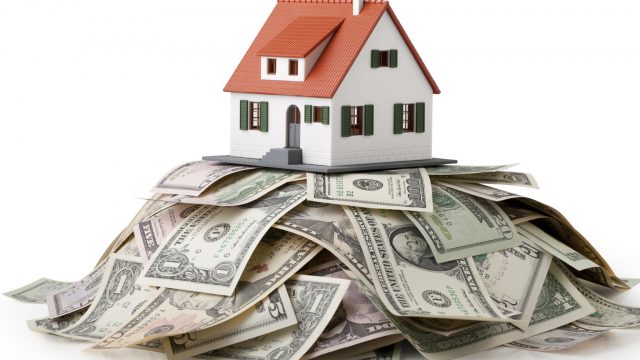Reform The Property Tax? Yes Please. More State Buy Downs? No Thanks.

Since about 2007, the approach to addressing North Dakota’s property tax problem under Governors John Hoeven and now Jack Dalrymple has been for the state to buy them down. First with an income tax payment, then with money sent directly to local governments in exchange for locals lowering mill levies.
Up to the last legislative session lawmakers had appropriated $752 million in property tax buydowns. Then, during the last session, legislators forked over another $856 million in property tax buy downs to the locals, including about $656 million in the form of a permanent state take over of nearly all school tax mills, and another $200 million in the form of another one-time buy down.
Those buy downs have created some daylight for North Dakota property owners on their tax bills. Because the state has taken over so much local spending obligation, local property taxes have come down. Of course, the question is will they stay down, and what impact will all this additional obligation to spend at the local level have on state taxes?
The fundamental problem with this sort of property tax relief is that it’s no relief at all. It’s a shift in spending burden, from local budgets to the state budget. That’s been an easy shift to make as the state’s coffers are flush with oil boom driven-revenues, but what happens when booming revenues aren’t the norm any more?
That’s a question many, including lawmakers I’ve spoken to, are afraid to answer.
But all that aside, there are some hints of meaningful property tax reforms coming for this legislative session. These reforms won’t necessarily have a direct impact on tax levels or spending, but they may make the property tax process a bit easier to understand.
Via the Bismarck Tribune, here’s a list of reforms currently being considered for submission as legislation in the next session by the Interim Taxation Committee chaired by Senator Dwight Cook:
- Create a uniform property tax statement for statewide use.
- Eliminate the requirement for printing tax increase notifications in newspapers and replace it with direct mail notifications.
- Change use of calculating mills in tax code to a format using dollar amounts.
- Reduce the number of classes of tax assessors in the state from four to one.
- Specify that only elected officials can levy property taxes.
In addition, Governor Dalrymple’s Property Tax Reform Taskforce is reviewing the state’s complicated maze of mill levies and are finding many that can be consolidated or eliminated:
North Dakota Tax Commissioner Ryan Rauschenberger said the task force has reviewed all 186 property tax mill levies in state law. Prioritizing mill levies for elimination, consolidation or having the state take responsibility for funding is now underway.
“I would say as far as elimination goes (there’s) probably a couple dozen so far, but that’ll change,” Rauschenberger said.
Dozens more have been targeted for possible consolidation, he said.
Some legislators weren’t exactly pleased when Dalrymple announced this task force, and many are afraid that among the mill levies consolidations will be a state take over of county social service spending.
“Word is the Gov’s yet-to-be-named committee already has a ‘fix’ in mind: taking over county social services, or at least the child-related portions,” a legislator told me in an email back in December when the task force was announced. “This supposedly would ‘reduce’ taxes by approximately 20+ mills. I’m hearing this from some colleagues who recently met with him.”
The legislator wasn’t keen on the idea. “I think it’s a horrible idea which will only expand the Department of Human Services.”
“The thinking is he’s doing this to have state take over social services,” another legislator told me at the time. He said such a move would be “very expensive with no end in sight” but that “counties are begging for this.”
I think these objections to the state taking over social services speaks to the heart of the problem with property tax relief to date. The state taking over local spending is not tax relief.
If we’re going to have a property tax – and voters decided in June of 2012 that we’re going to have one when they voted down a ballot measure to eliminate it – it should be more transparent and less complicated. So many of the reforms above sound like a move in the right direction.
But the state taking over more local spending? That’s a mistake. The state has done too much of that already. Hiding local spending problems in state budget surpluses is not a long-term solution.




